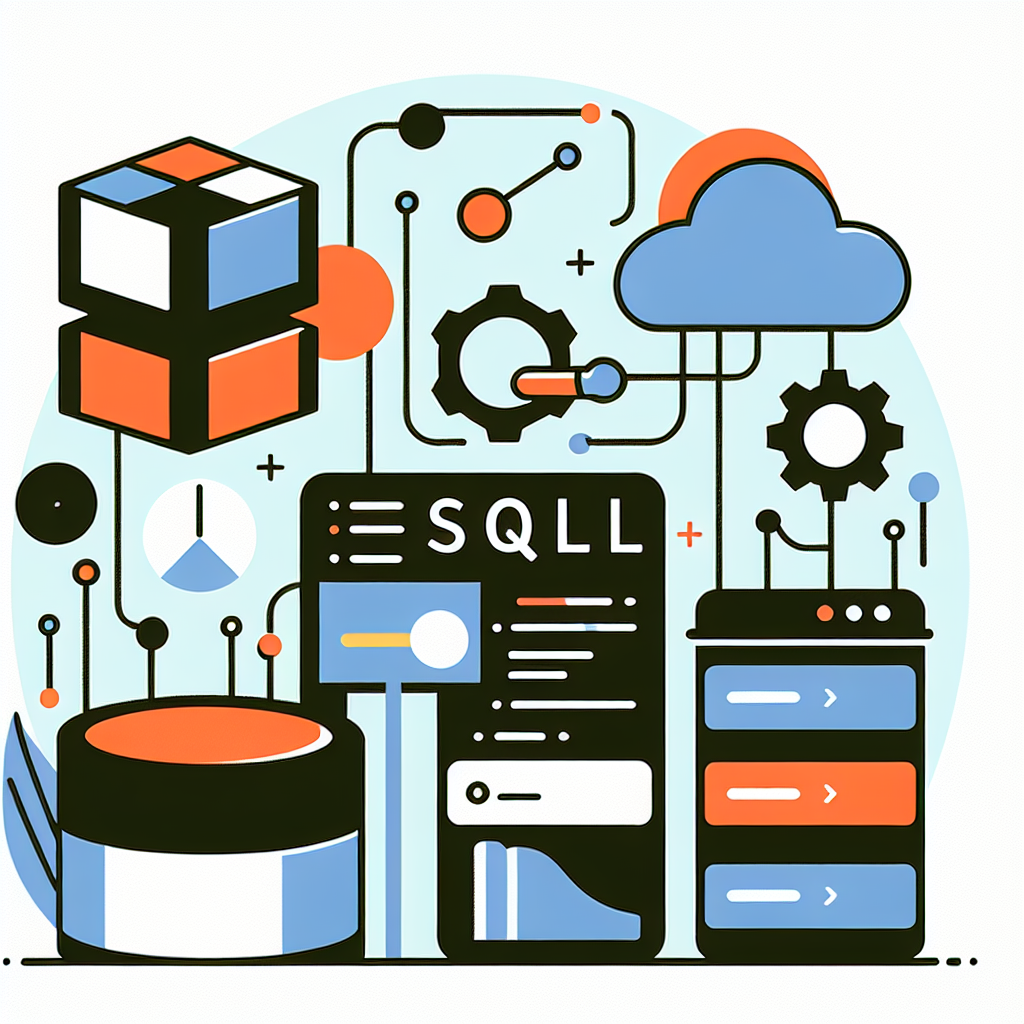Convert SQL to Haskell Code Instantly | Free Online Tool
Transform SQL queries to Haskell code effortlessly with our powerful tool. Enhance efficiency and bridge databases with Haskell seamlessly. Try it now!
Source Code
Converted Code
Output will appear here...
The SQL to Haskell converter is an essential tool for developers looking to seamlessly translate SQL queries into Haskell code, enhancing productivity and ensuring precise data handling. Perfect for data scientists and backend developers, this tool streamlines database management tasks, allowing for efficient integration between relational databases and Haskell applications. Experience improved workflow and code accuracy with this intuitive SQL to Haskell solution.

SQL to Haskell Conversion Tool Link to this section #
The SQL to Haskell conversion tool is designed to streamline the process of translating SQL queries into Haskell code, enabling developers to seamlessly integrate database operations within Haskell applications. Understanding both languages can optimize your workflow and enhance code efficiency.
Key Features Link to this section #
- Automatic Translation: Converts SQL queries into Haskell code effortlessly, saving time and reducing errors in manual translation.
- Syntax Highlighting: Utilizes syntax highlighting for both SQL and Haskell, improving code readability and comprehension.
- Customizable Options: Allows customization of data types and function mappings to suit specific project requirements.
Usage Guide Link to this section #
- Input SQL Query: Enter your SQL query in the designated input field.
- Select Conversion Options: Choose any specific configurations for data types.
- Generate Haskell Code: Click the 'Convert' button to produce Haskell code.
Example Link to this section #
-- SQL Query
SELECT name, age FROM users WHERE age > 21;
-- Equivalent Haskell Code
query :: Query
query = [sql| SELECT name, age FROM users WHERE age > 21 |]
Benefits Link to this section #
- Efficiency: Automates conversion, reducing development time.
- Accuracy: Ensures precise translations, minimizing logical errors.
- Scalability: Suitable for small to large-scale applications, thanks to Haskell's performance capabilities.
Why Use This Tool? Link to this section #
- Seamless Integration: Easily integrate SQL database logic into Haskell applications.
- Educational Resource: Aids in learning how SQL logic translates into functional programming paradigms.
Explore more about functional programming in Haskell at Haskell Language and delve into SQL best practices at W3Schools SQL Tutorial.
This tool is perfect for developers aiming to leverage the power of Haskell's functional programming with robust database operations. Whether you're working on data-intensive applications or learning Haskell, this tool simplifies the conversion process, bridging the gap between SQL and Haskell seamlessly.
Frequently Asked Questions
How can I query a database using Haskell?
In Haskell, you can query a database using libraries such as HDBC or Persistent. These libraries provide interfaces to connect to SQL databases and perform queries, allowing you to map SQL query results to Haskell data types.
What are the benefits of using Haskell for SQL database interactions?
Haskell offers strong type safety, which helps avoid many common errors associated with database interactions. Additionally, its functional programming paradigm allows for concise and expressive code. Libraries like Persistent also offer type-safe queries, which can further reduce runtime errors by catching issues at compile time.
Can Haskell be used to generate SQL queries programmatically?
Yes, Haskell can be used to generate SQL queries programmatically using libraries such as Esqueleto, which allows for constructing type-safe SQL queries using Haskell's syntax. This approach ensures that queries are syntactically correct and compatible with the database schema at compile time.